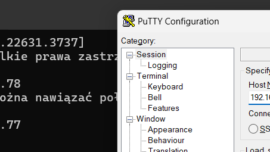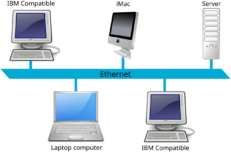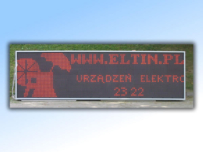
Methods of Time Synchronization
Methods of Time Synchronization
Time organization is crucial in today’s global business environment, requiring a clock that always shows the current time in a given location. From efficient coordination of business meetings to ensuring punctual deliveries and synchronizing international operations, a minimum accuracy to at least the second is essential. In a world where real-time communication occurs on a global scale, only clocks providing such precision can meet the demands of modern enterprises. Without precise time measurement, scheduling tasks, project management, and even basic daily functions can be significantly hindered.
Time zones range from UTC-12 to UTC+14. In Europe, time changes from winter to summer and vice versa occur on the last Sunday in March (from summer to winter) and the last Sunday in October (from winter to summer). In the United States, time changes from summer to winter and vice versa take place on the second Sunday in March and the first Sunday in November. Our clocks automatically adjust to these time changes and zones, eliminating the need for manual setting.
Today, there are several widely used methods of time synchronization, the three most popular being GPS, Ethernet/WiFi (NTP/SNTP), and radio synchronization.
GPS – Global Positioning System – In addition to determining the Earth’s position, which we all associate with this system, GPS is also used to transmit the current date and time. The main advantage of this solution is the minimal number of wires required, only a power cable, which is sufficient for stability and reliability. The accuracy of such a module is 0.01 seconds and is adequate for most industrial needs.
Ethernet-based synchronization using NTP/SNTP – This method utilizes the internet to transmit time information. NTP (Network Time Protocol) and SNTP (Simple Network Time Protocol) are used to synchronize time with external time servers. NTP is more advanced and accurate than SNTP, but both methods provide sufficient precision, measuring time to at least 0.001 seconds. There is an option for easy configuration of the NTP/SNTP server address, providing flexibility to adapt to individual needs.
Comparison of methods – If only basic time information and sensor data are needed, GPS is entirely sufficient. However, for systems requiring data transmission via Ethernet/WiFi, using NTP/SNTP time synchronization is recommended. For applications where, for example, message changes are infrequent, combining GPS time synchronization with Ethernet/WiFi communication may prove to be the most optimal solution.
Our experts are ready to provide further advice and assistance in selecting the best and most efficient solution for your needs.






